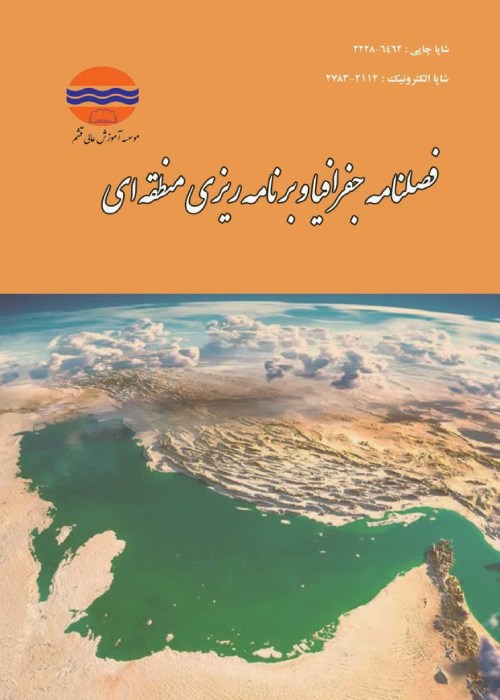The usage of numerical taxonomy model to analyze the levels of development of urban regions (Case study: Sanandaj)
Development is complex and multi-dimensional process to improve the quality of life in the community which requires a change in the socio-cultural structure and as well as accelerating economic growth, Reduce inequality and eradicate poverty and social justice, and environmental sustainability. In the current world because of the theoretical and empirical reasons, not only economic indicator represents the development requirements, therefore for identify and define the state of development of each country or region there should be other factors such as human factors, health, education, population and socio - cultural problems to along with economic indicators, they could be right reagent to measure the degree of development. The use of quantitative criteria and procedures for ranking settlements in space system also led to identification of measure the inequality settlement and on the other hand this is a measure to try to reduce and eliminate disparities between them. Therefore, this study aims to analyze a set of development indicators in terms of economic, social and physical criteria in Sanandaj urban regions to ranking development of the urban regions of Sanandaj and in this way the problems of each region will identify and by prioritize the regions for the allocation and distribution of resources and amenities based on surveyed criterions created a balanced development of its regions. In this regard, the indices studied after examining the status quo, by using numerical taxonomy and ArcGIS software have been analyzed to determine the level of regions development of Sanandaj. The results indicate that in general, despite the relatively low level of development in regions of the Sanandaj city, compare with Sanandaj regions 9.5% are in first development level (provided), 23.8% are second level (relatively provided), 23.8% are in third level (average), 14.3 are in forth level (deprived), 28.6% are in fifth level (completely deprived).
- حق عضویت دریافتی صرف حمایت از نشریات عضو و نگهداری، تکمیل و توسعه مگیران میشود.
- پرداخت حق اشتراک و دانلود مقالات اجازه بازنشر آن در سایر رسانههای چاپی و دیجیتال را به کاربر نمیدهد.


